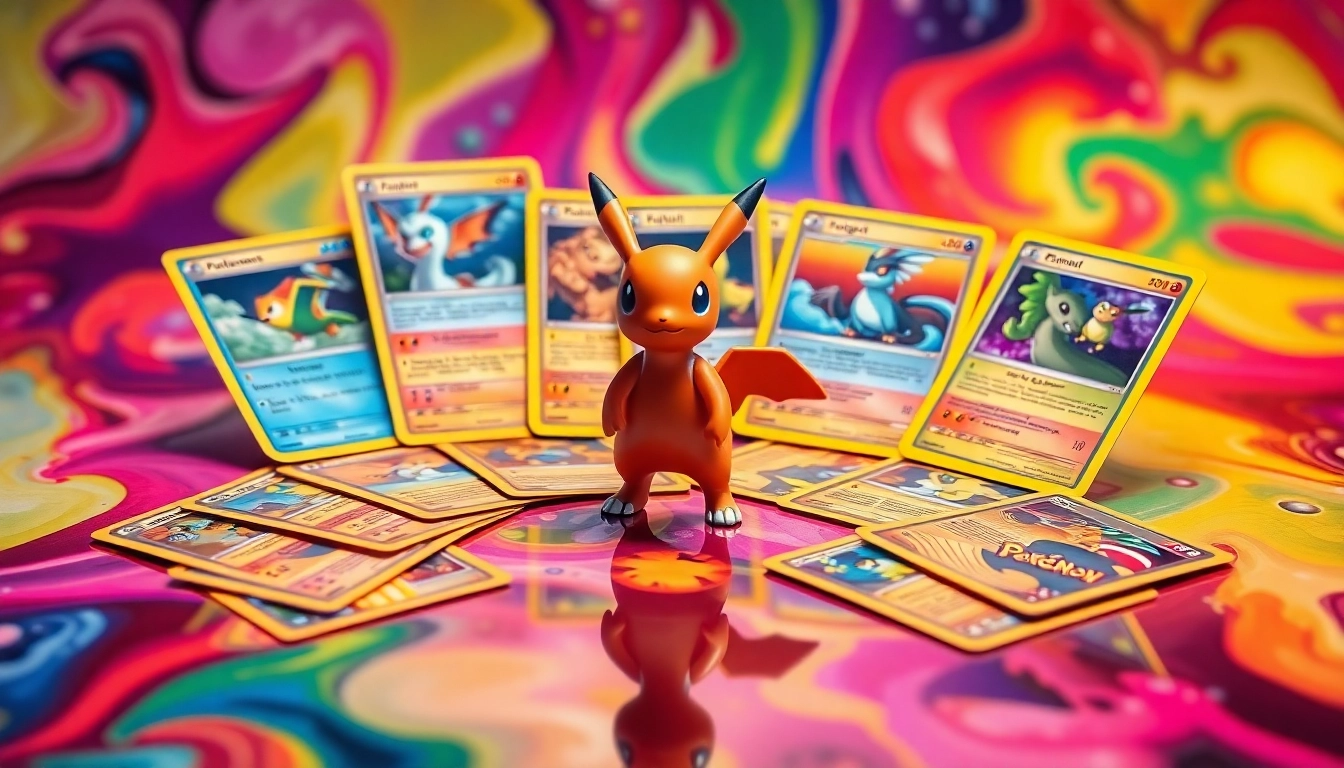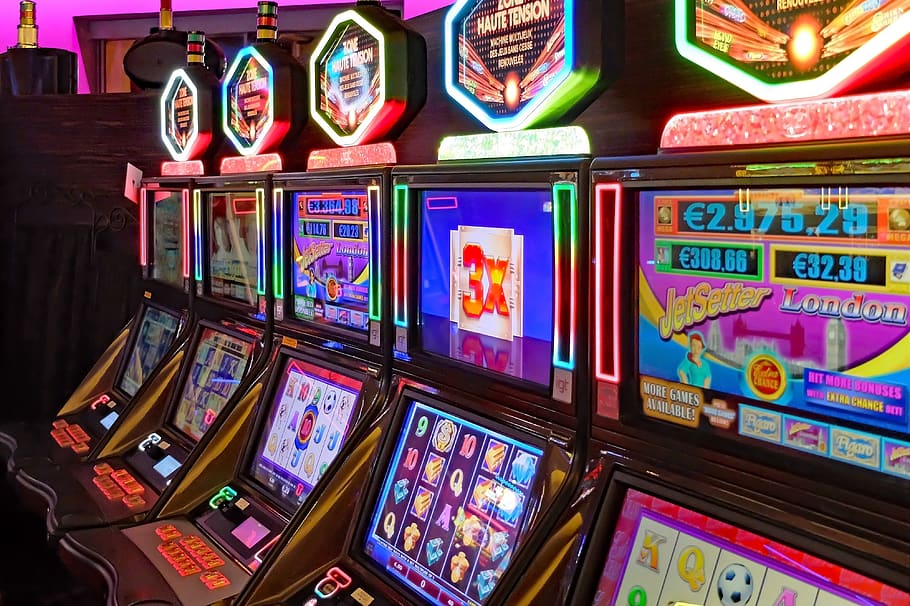As a collector, enthusiast, or casual player of the Pokémon Trading Card Game (TCG), acquiring real pokemon cards is paramount. With the rise in popularity of Pokémon cards, the market has seen an influx of counterfeit products, making it crucial to understand what makes a card authentic and how to navigate the purchasing landscape effectively. This guide aims to provide a comprehensive overview of real Pokémon cards, where to find them, how to spot fakes, maintain your collection, and deepen your knowledge of this fascinating hobby.
Understanding Real Pokémon Cards
The History of Pokémon Cards
Pokémon cards were first introduced in 1996, coinciding with the launch of the Pokémon franchise itself. The Trading Card Game (TCG) was developed as a way for fans to engage with the Pokémon universe and build their own decks for competitive play. Over the years, the Pokémon TCG has undergone numerous updates and expansions, leading to different card sets that feature various Pokémon, game mechanics, and artwork styles.
Initially, Pokémon cards were produced by Media Factory in Japan. As the demand grew worldwide, Wizards of the Coast took over production in the United States, introducing gameplay enhancements and special editions that further captivated a growing audience. This global phenomenon has only intensified in recent years, with collectors hunting for rare cards and new players discovering the game.
Identifying Authentic Cards
As collectors embark on their journey, distinguishing real Pokémon cards from counterfeit ones is essential. Authentic Pokémon cards have specific characteristics:
- Card Stock and Finish: Genuine cards have a certain weight and feel. They are made from a specific blend of cardboard that provides distinct texture and durability.
- Print Quality: Real cards showcase crisp, vibrant colors. Any blurred or faded images can indicate a counterfeit.
- Details: Features such as the Pokémon logo, text alignment, and holographic finishes contribute to authenticity. Inspect these closely.
- Alignment: Misalignment of text and imagery is a common issue in fake cards.
Common Myths and Misconceptions
Despite their long-standing popularity, several myths cloud the reputation of Pokémon cards:
- Myth 1: All old cards are valuable. Fact: While older cards might hold more sentimental value, their actual worth depends on rarity, condition, and demand.
- Myth 2: Holographic cards are always worth more. Fact: Holographic cards can be worth more, but this isn’t a rule. The card’s rarity and demand are what ultimately affect its price.
- Myth 3: The more rare a card is, the better it plays. Fact: Competitive viability is often independent of rarity. Many effective cards are common.
Where to Find Real Pokémon Cards
Online Marketplaces for Authentic Cards
The digital marketplace offers numerous avenues to purchase real Pokémon cards. Popular websites include:
- Pokémon Center: The official source for authentic cards and merchandise.
- Cardmarket: A European marketplace that provides a platform for buying and selling Pokémon cards, often featuring competitive prices.
- eBay: Users must carefully vet sellers to ensure authenticity, but eBay can be a goldmine for rare cards.
Local Stores and Card Shops
Visiting local game stores (LGS) can be another excellent way to find authentic Pokémon cards. Many LGS frequently host events that encourage community engagement and may even have exclusive promotions. Building relationships with store owners can also lead to insider tips on new arrivals and sales.
Additionally, local collectible shows provide opportunities to purchase cards directly from collectors. This environment often allows for negotiating prices and inspecting cards in person.
Important Tips for Buying
When purchasing Pokémon cards, especially in the secondary market, consider the following tips:
- Do Your Research: Stay informed about card values and market trends. Websites like TCGPlayer.com provide pricing guides for current market rates.
- Check Seller Ratings: Online marketplaces usually include reviews or ratings for sellers. Opt for reputable vendors.
- Ask About Returns: Ensure you understand the return policy in case the cards do not meet your expectations.
- Join Forums: Participate in forums such as Reddit or dedicated Pokémon communities to seek advice and recommendations.
Spotting Fake Pokémon Cards
Visual Indicators of Authenticity
Identifying fakes starts with a good visual assessment. Here are several indicators to watch for:
- Light Test: Real Pokémon cards will typically allow some light to pass through when held up at an angle, while counterfeits might not.
- Blue Core: Genuine Pokémon cards have a blue core layer that is recognizable when you look at the cut edges of the card. Counterfeit cards will often lack this feature.
- Text and Color: Comparatively, fake cards often have off-colored text and images that do not match the authentic version.
Using Technology to Verify Authenticity
In today’s digital age, technology can assist in verifying the authenticity of Pokémon cards:
- Smartphone Apps: Several applications can scan QR codes and provide information on the card’s history and previous sales.
- UV Light: Authentic cards will exhibit specific reactions under ultraviolet light, showcasing their true nature.
Detailed Comparison with Fake Cards
To make an informed assessment, consider comparing a known authentic card side-by-side with a potentially counterfeit card. Assess the following attributes:
- Card Thickness: Authentic cards are consistent with their weight. Feel the card in your hand, as most fakes either feel too flimsy or too thick.
- Surface Texture: Real cards have a slight texture, while fakes often feel overly smooth or plasticy.
Taking pictures and sharing them on forums can also yield insights from the community. Expert opinions can greatly enhance your ability to identify fakes.
Maintaining Your Pokémon Card Collection
Best Storage Options
To maintain the value and condition of your Pokémon cards, proper storage solutions are crucial:
- Binders: A standard format for storage, Pokémon binders equipped with clear sleeves allow for easy organization and prevent damage.
- Toploaders: For cards of significant value, consider using toploaders. These rigid protectors provide additional support and security.
- Storage Boxes: Using specifically designed Pokémon storage boxes can help keep your cards safe from dust and potential physical harm.
Regular Maintenance Tips
Here are some additional maintenance tips to keep your collection in pristine condition:
- Handling with Care: Always handle your cards with clean hands. Consider wearing cotton gloves when manipulating high-value cards.
- Avoiding Direct Sunlight: Store your cards in a dark, temperature-controlled environment to prevent fading and warping.
Preparing Cards for Value Retention
If you plan to sell or trade your cards, maintaining their condition is essential. Consider the following steps:
- Grading Services: Consider using professional grading services such as PSA or Beckett, which can evaluate and encapsulate your cards, making them more desirable to buyers.
- Regular Inventory Checks: Keep track of your collection by maintaining a log that includes purchase details, condition, and estimated values.
Expanding Your Pokémon Card Knowledge
Joining Pokémon Card Communities
Connecting with other Pokémon enthusiasts can greatly enhance your knowledge and enjoyment of the hobby. Consider participating in:
- Online Forums: Websites like Reddit and specialized Pokémon forums allow you to exchange knowledge and insights.
- Social Media Groups: Platforms like Facebook and Discord host numerous groups where collectors share experiences and trades.
Resources for Further Learning
To refine your collecting skills and increase your understanding of card values and gameplay, pursue the following resources:
- Books: Many reference books exist that cover all aspects of collecting, from history to valuation.
- YouTube Channels: Various Pokémon TCG experts offer content ranging from gameplay strategies to market analysis and card grading tips.
Events and Conventions
Participating in conventions offers not only a chance to purchase cards and memorabilia but also opportunities to meet other fans. Look for:
- Local Tournaments: These events often draw large crowds and can be great places to trade cards and showcase your collection.
- Collectible Conventions: National and international conventions provide a platform for networking and discovering rare items.



